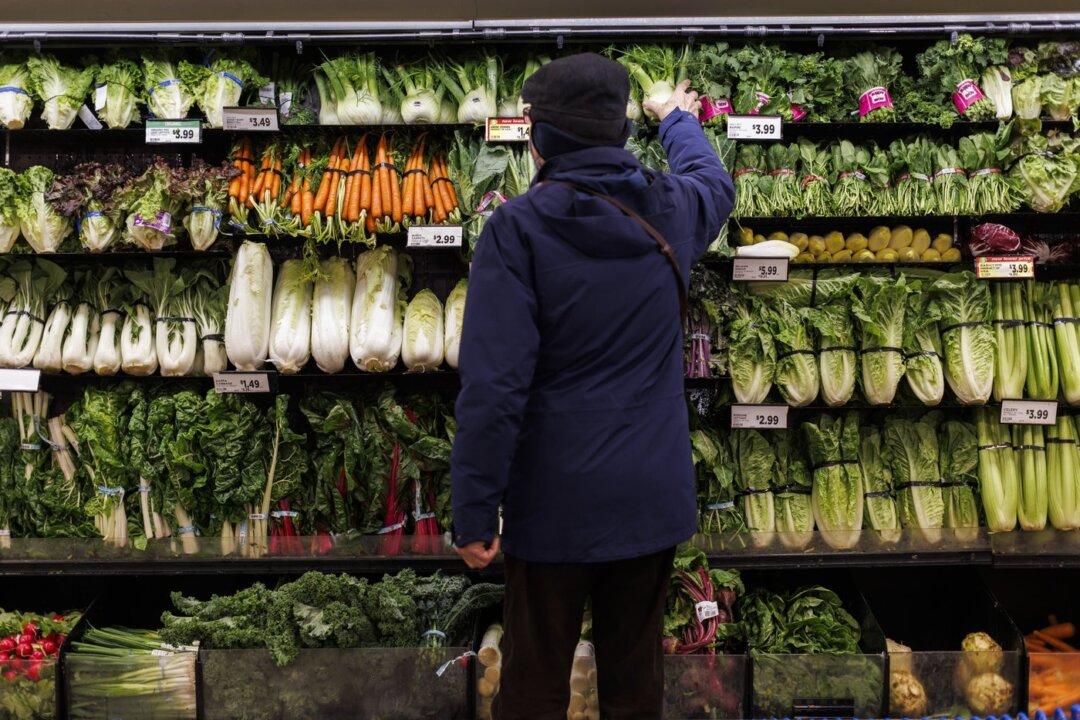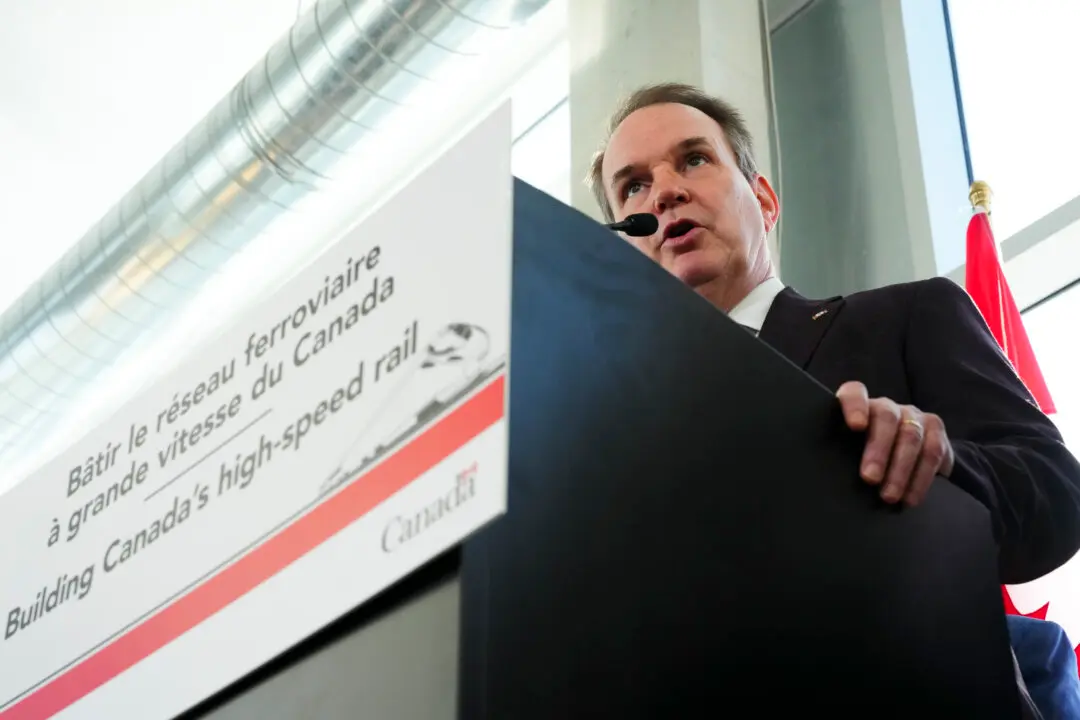The latest inflation figures from both Canada and the United States show that inflation has been trending downward after a period of high volatility, due in part to higher interest rates and the restructuring of supply chains.
However, while economists agree that Canadians have seen the end of high inflation for the time being, there is a risk that future geopolitical turmoil could send prices for everyday goods surging higher once again.





